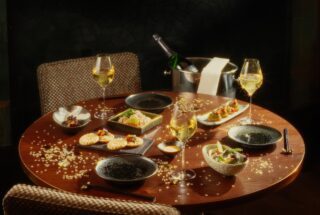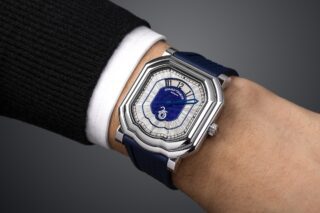This website uses cookies so that we can provide you with the best user experience possible. Cookie information is stored in your browser and performs functions such as recognising you when you return to our website and helping our team to understand which sections of the website you find most interesting and useful.
Lighting the way: the porcelain and light installations that are transforming interior design
By Tempus | 13 July 2021 | Lifestyle
The bespoke lighting sculptures inspired by nature, and illuminating a new trend in statement organic interiors.
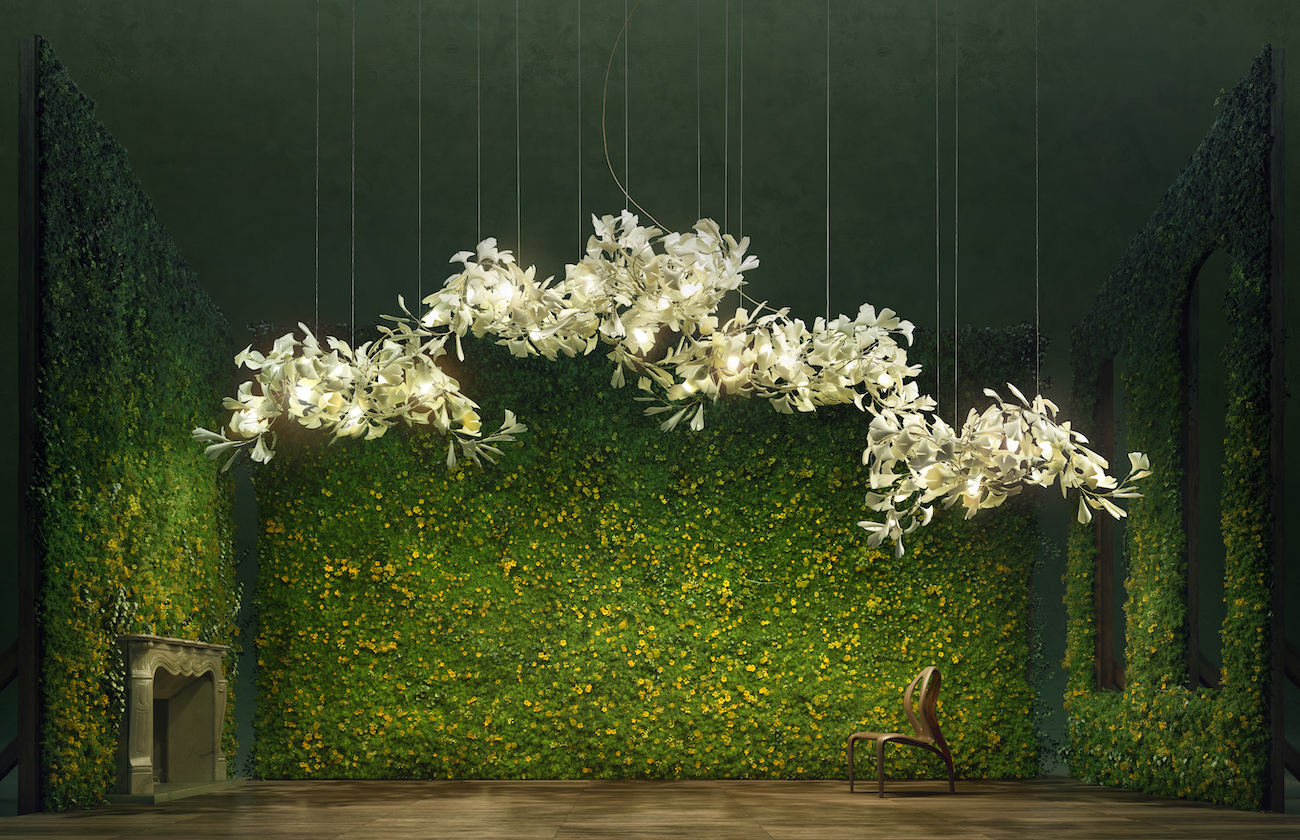
Great lighting can transform a room, and the sculptural quality of a fine chandelier has long been known as the ultimate in statement lighting. For Romanian interior artist Andreea Braescu, however, that statement has become a true work of art.
Braescu’s porcelain lighting sculptures are artistic installations in the home, whether the lights are on or off, thanks to the dramatic visual impact of her bespoke structures.
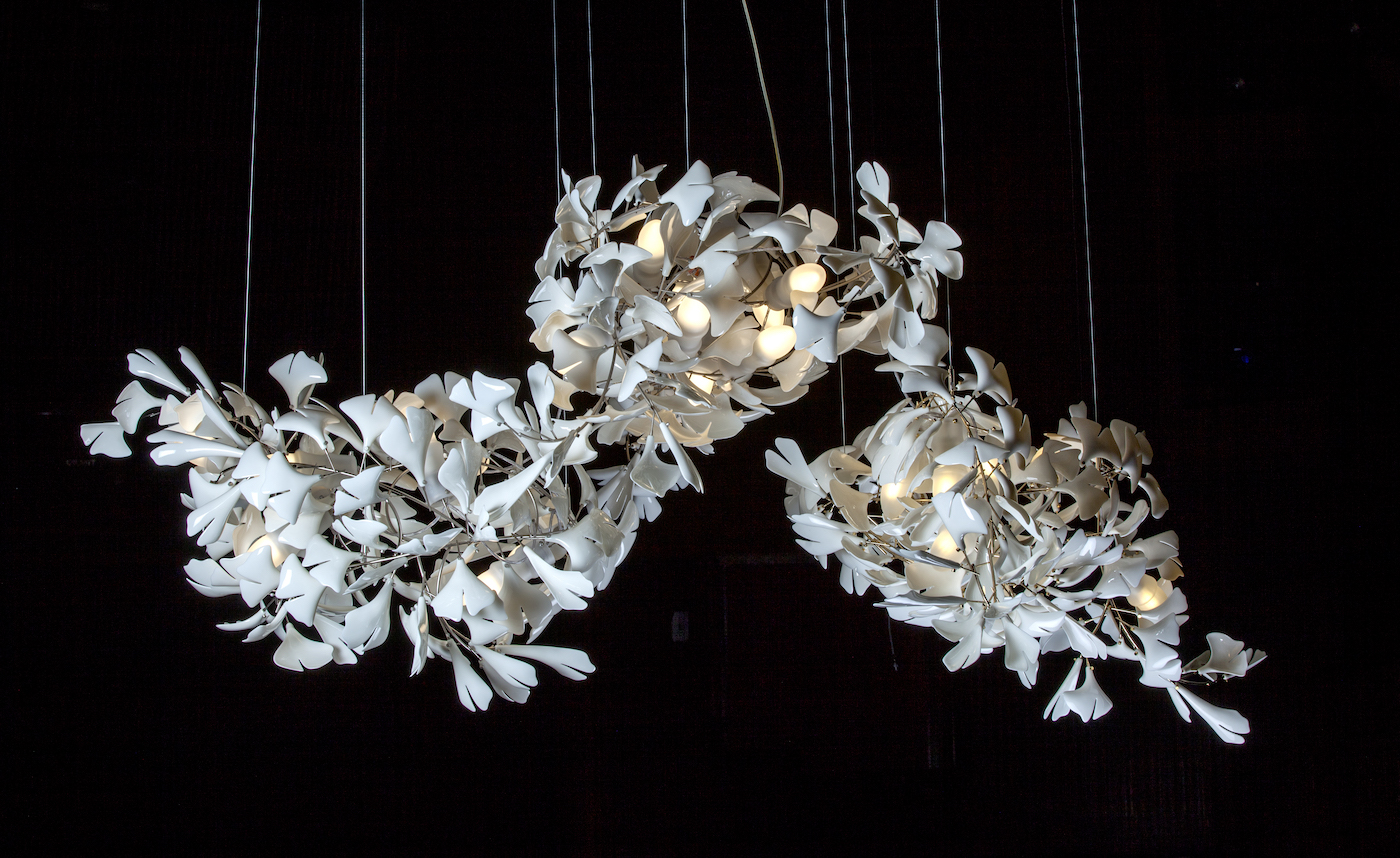
The award-winning artist works with fine bone china to create her flora and fauna-inspired installations, using the translucence of highquality phosphatic porcelain to emit a warm, eyecatching light when switched on – all designed to bring a sense of calm to the viewer.
“When you want to convey an emotional message or a sense of calm, organic shapes serve the purpose best,” Braescu says. “In nature, nothing is regular. The most fascinating thing about nature is the way it creates harmony through apparent randomness.”
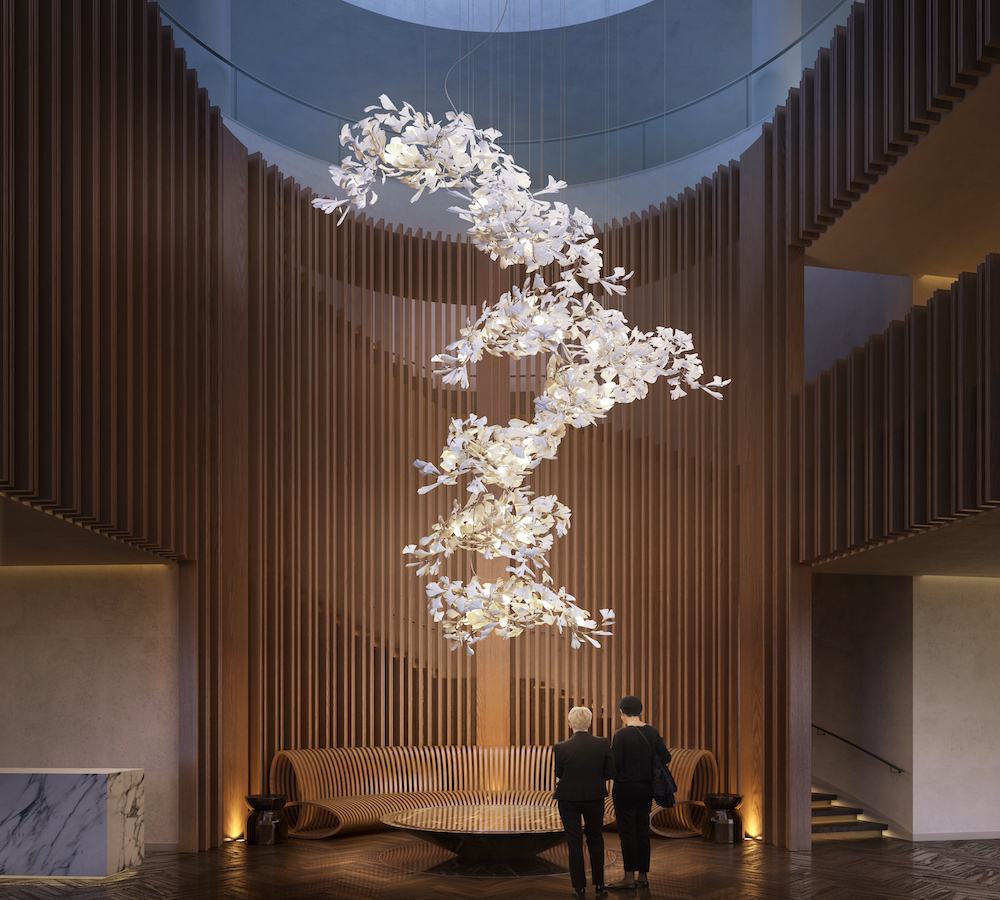
This philosophy becomes clear in her Gingko collection, in which chandeliers of delicate porcelain leaves seem to float in ethereal clusters above the head. Braescu is also careful to emphasise the organic essence of her designs by removing any regularity of line or detail.
“The organic part is not necessarily the gingko motif, but the pattern they create that allows each leaf to capture the light,” she says. “In this apparent chaos, there is a perfect order, where between all leaves there is as sensitive dependence.”
Braescu’s sculptures are handmade, with the assistance of her team, in her studio in Bucharest with each design taking up to three months to design and craft each bespoke piece.
Each chandelier is made of an average 1,000 individual pieces of ceramic – the delicacy of the material matched only by how difficult it is to work with – which are sculpted and glazed by hand, before being fired at a temperature of 126˚C and carefully placed onto a stainless steel frame.
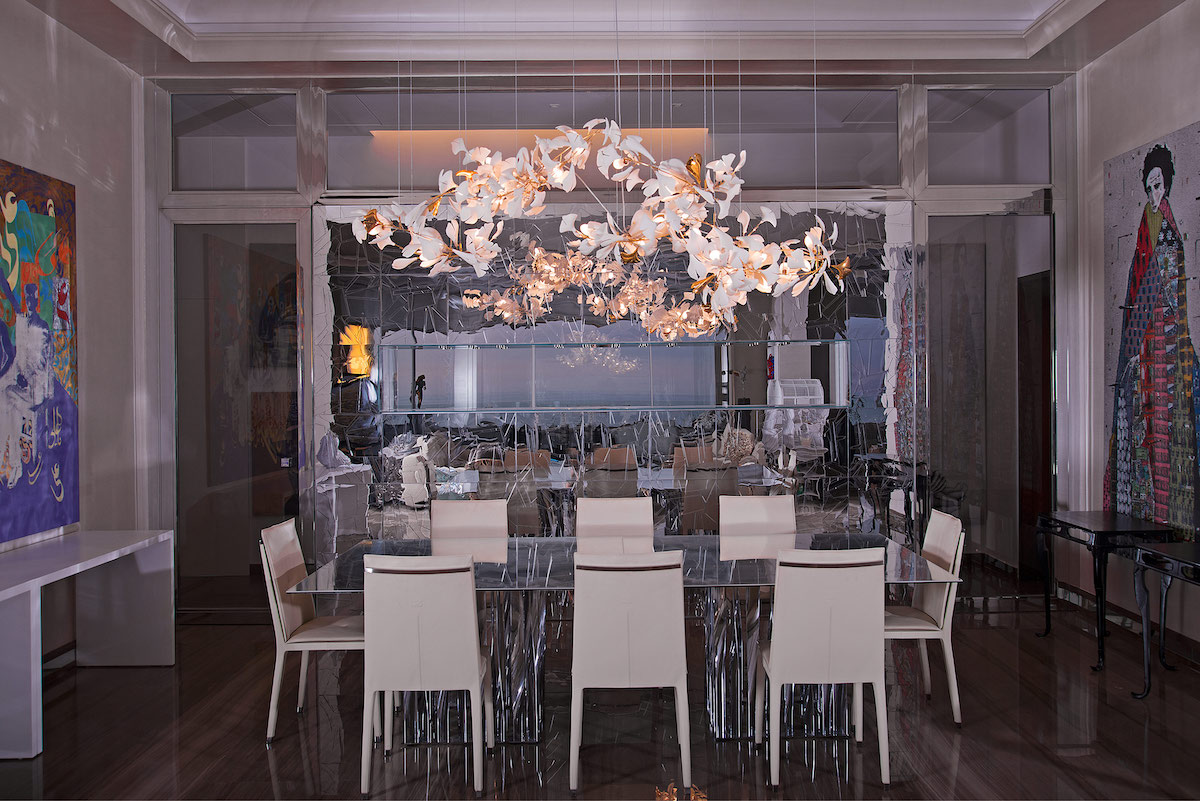
“Indeed, bone china is a material that is notoriously difficult to tame, but is also the perfect artistic medium,” she says.
“When it’s fired, phosphatic porcelain takes on the consistency of warm honey – beautiful, but very unpredictable. If unsupported, it melts and changes shape, so working out how to maintain the structure to the porcelain leaf shapes is my biggest technical challenge.
“[Porcelain] offers a pure channel of creativity, allowing the most richly detailed, expressive work possible.”
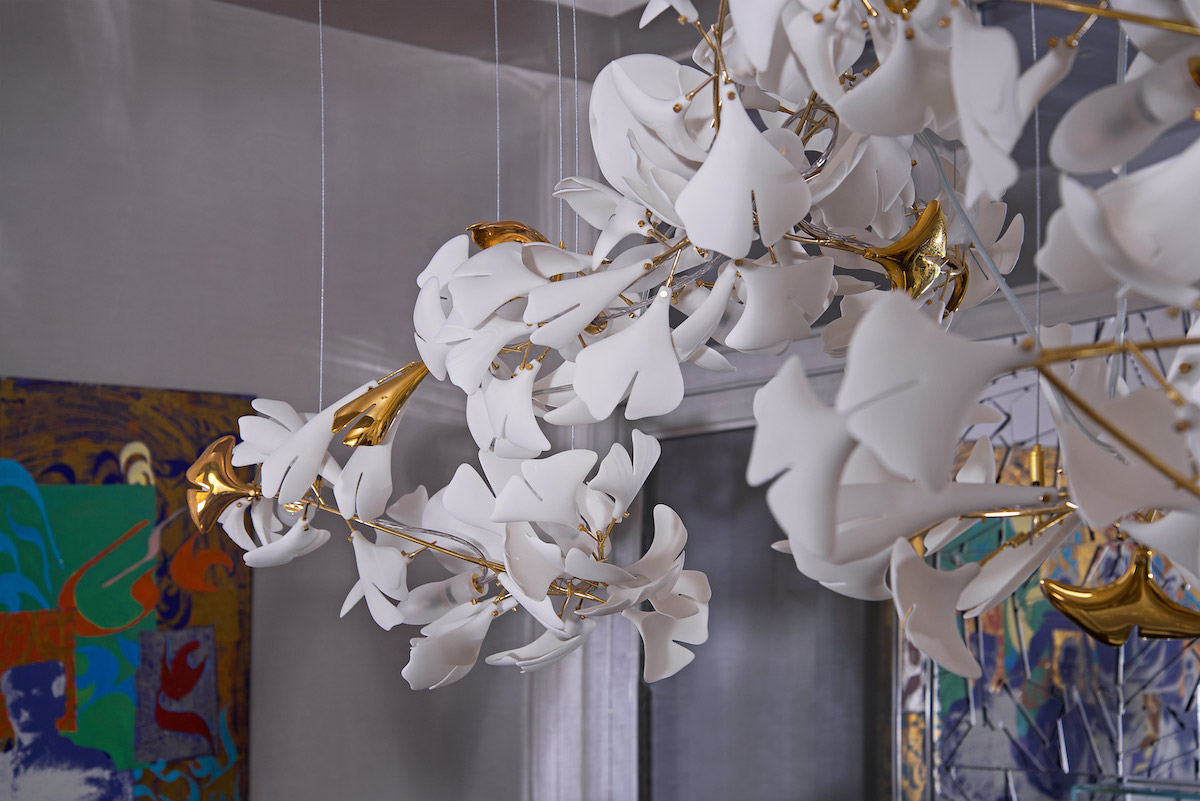
Such work can be seen in the homes of her private clients in Texas, Moscow, Beirut, and a royal palace in Abu Dhabi, as well as a 15m light installation created for the pass way of a new hotel in Paris.
She recently designed a series of bespoke lighting sculptures for the private salons in Tiffany & Co boutiques in China, Hong Kong and the US.
“I think that interior design and lighting complement each other. Decorative lighting certainly draws attention to itself and is a powerful element for creating the atmosphere in a room, but there are instances when you also want to enhance the appearance of some architectural aspects with lighting and to harmonise the whole interior,” she says.
“My intention is to create the feeling of harmony and freedom one has when surrounded by nature. I know I’ve succeeded when my work evokes the joy and serenity that being in nature brings.”





